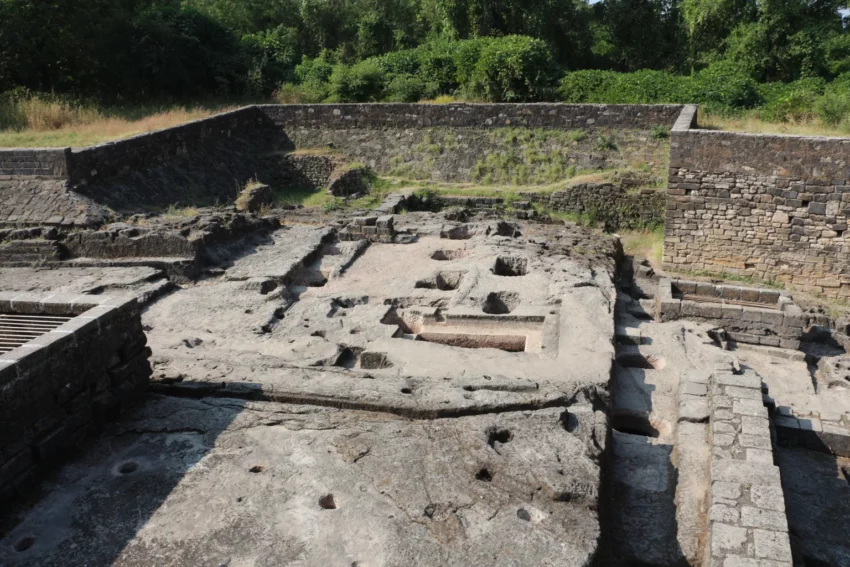The Uparkot Caves: Hidden Treasures of Junagadh
The Uparkot Caves, also known as Uperkot Caves, are a remarkable testament to ancient Indian craftsmanship and spirituality. Located in the eastern part of Junagadh in Gujarat, these man-made caverns form part of the Junagadh Buddhist Cave Groups. Let’s explore the fascinating details of these ancient wonders and their historical significance.
Get your dose of History via Email
An Architectural Marvel
The Uparkot Caves were carved between the 2nd and 3rd centuries A.D., during a period when Indian architecture was flourishing under diverse influences. The caves showcase a unique blend of Satavahana architecture and Graeco-Scythian styles, reflecting the multicultural interactions of the time.
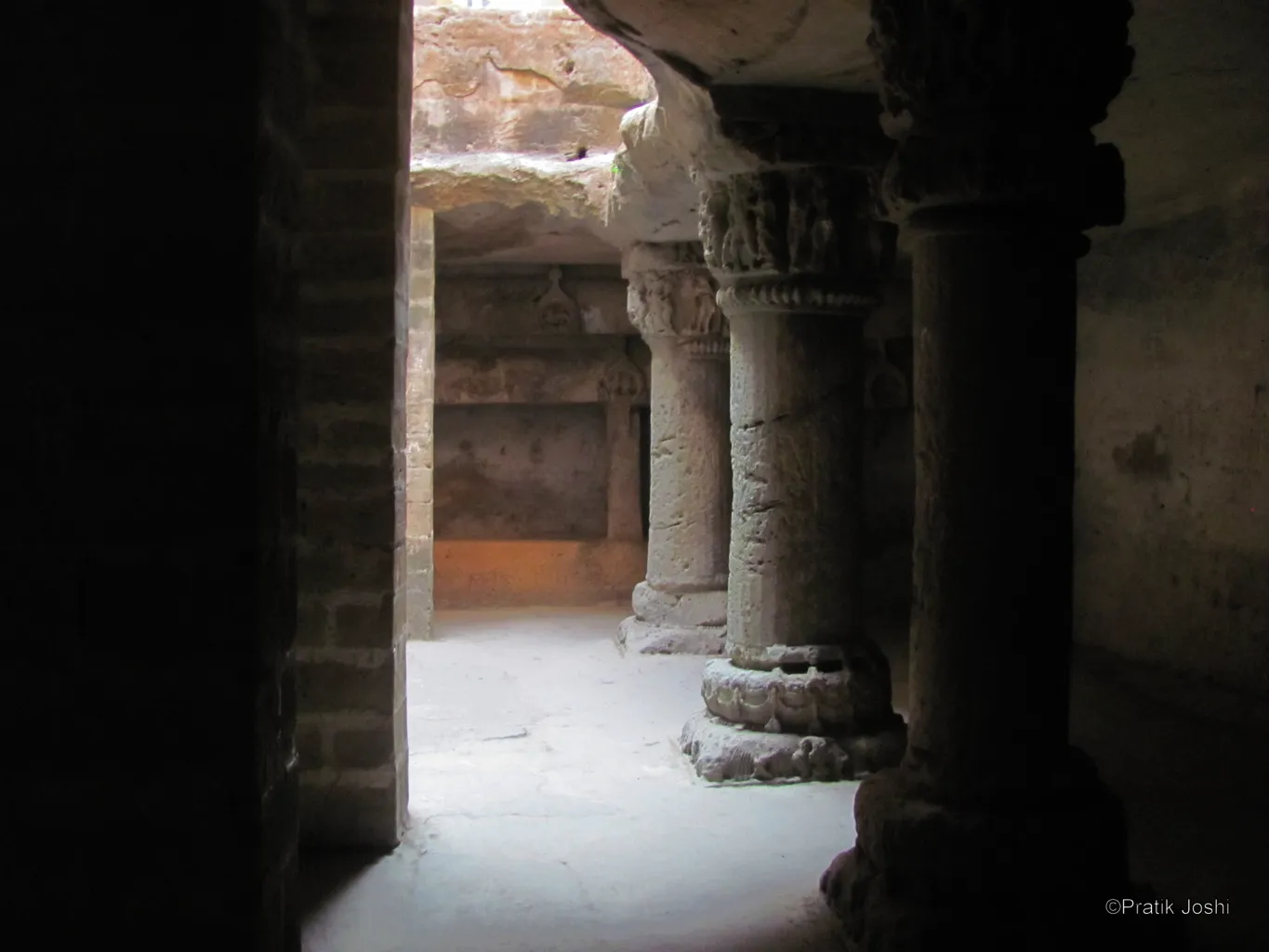
Three-Tier Structure
According to the Archaeological Survey of India (ASI), the Uparkot cave complex is organized into three tiers. Each tier features members of galleries depicted in semi-relief, though only two levels have regular floors. The caves were meticulously carved into two distinct floors, offering a glimpse into ancient architectural prowess.
First Floor Highlights
The first floor of the caves houses a remarkable feature known as a Kunda, a deep tank approximately 11 feet square, surrounded by a covered verandah on three sides.
Adjacent to the Kunda is a spacious chamber with six pillars that support the roof. These pillars are a testament to the intricate design and engineering skills of the era.
The walls on the north, east, and west sides are adorned with stone bench-recesses. These are divided into long compartments with architectural molding below and a frieze above. The frieze features horseshoe-shaped chaitya windows and checker carvings, adding a touch of artistic elegance.
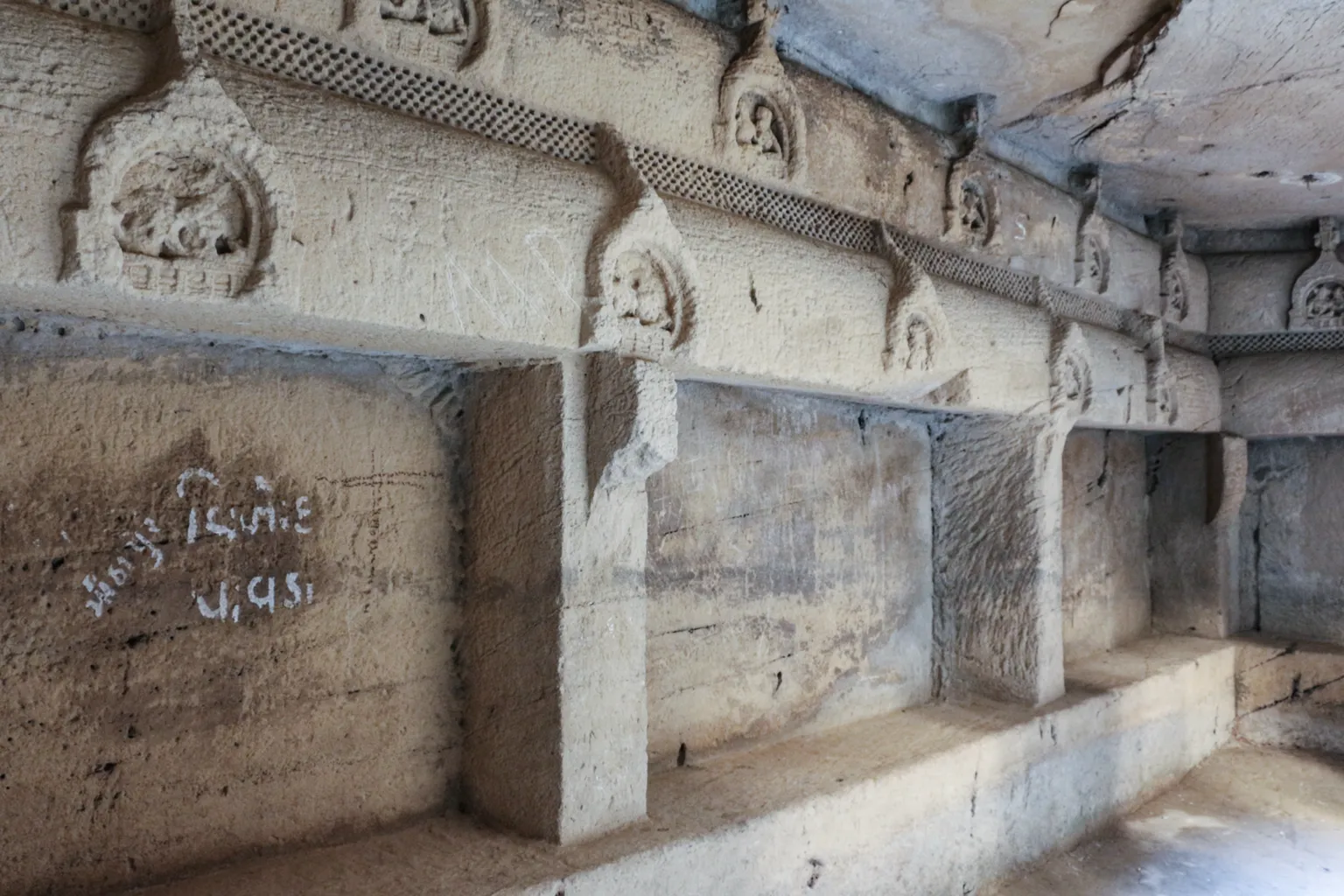
Lower Floor Beauty
The lower floor is equally impressive, boasting exquisitely carved pillars with unique decorative designs on their base, shaft, and capital.
The caves on this level are enriched with stunning pillars and entrances, along with water cisterns, horseshoe-shaped chaitya windows, an assembly hall, and cells dedicated to meditation.
Location and Setting
The Uparkot Caves are strategically positioned about 1.5 kilometers east of Junagadh’s city center, near the foothills of Mount Girnar. This location within the fort area offers a serene and historically rich environment, perfect for those exploring India’s ancient heritage.
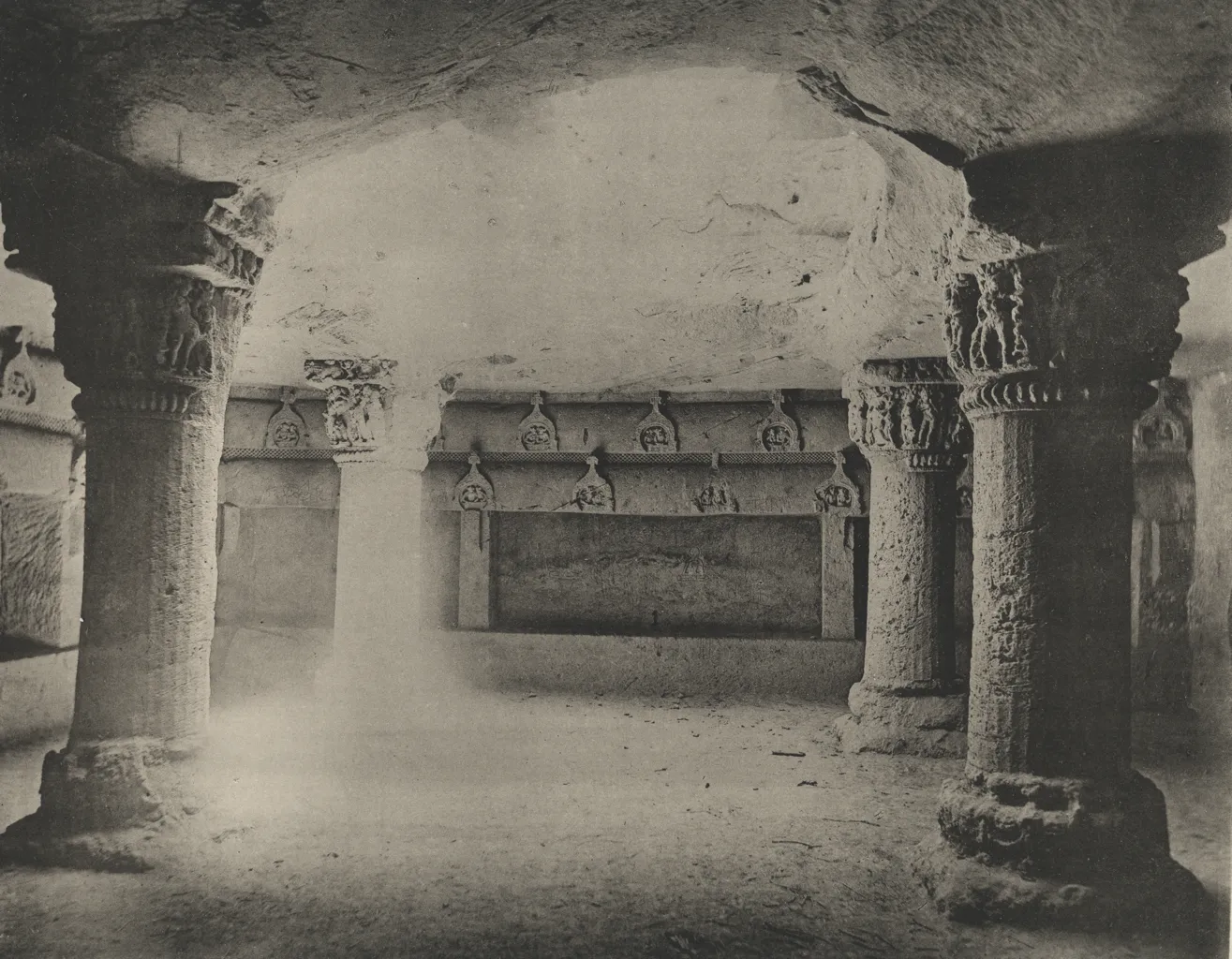
Surrounding Attractions:
Approximately 200 meters northeast of the caves lies the Adi Kadi Vav, a stepwell carved about 20 meters deep into the rock. Its counterpart, Navghan Kuvo, is located about 300 meters south.
Around 500 meters east of the caves, visitors can find a building housing an Ashoka Edict carved into a rock block, adding another layer of historical significance to the site.
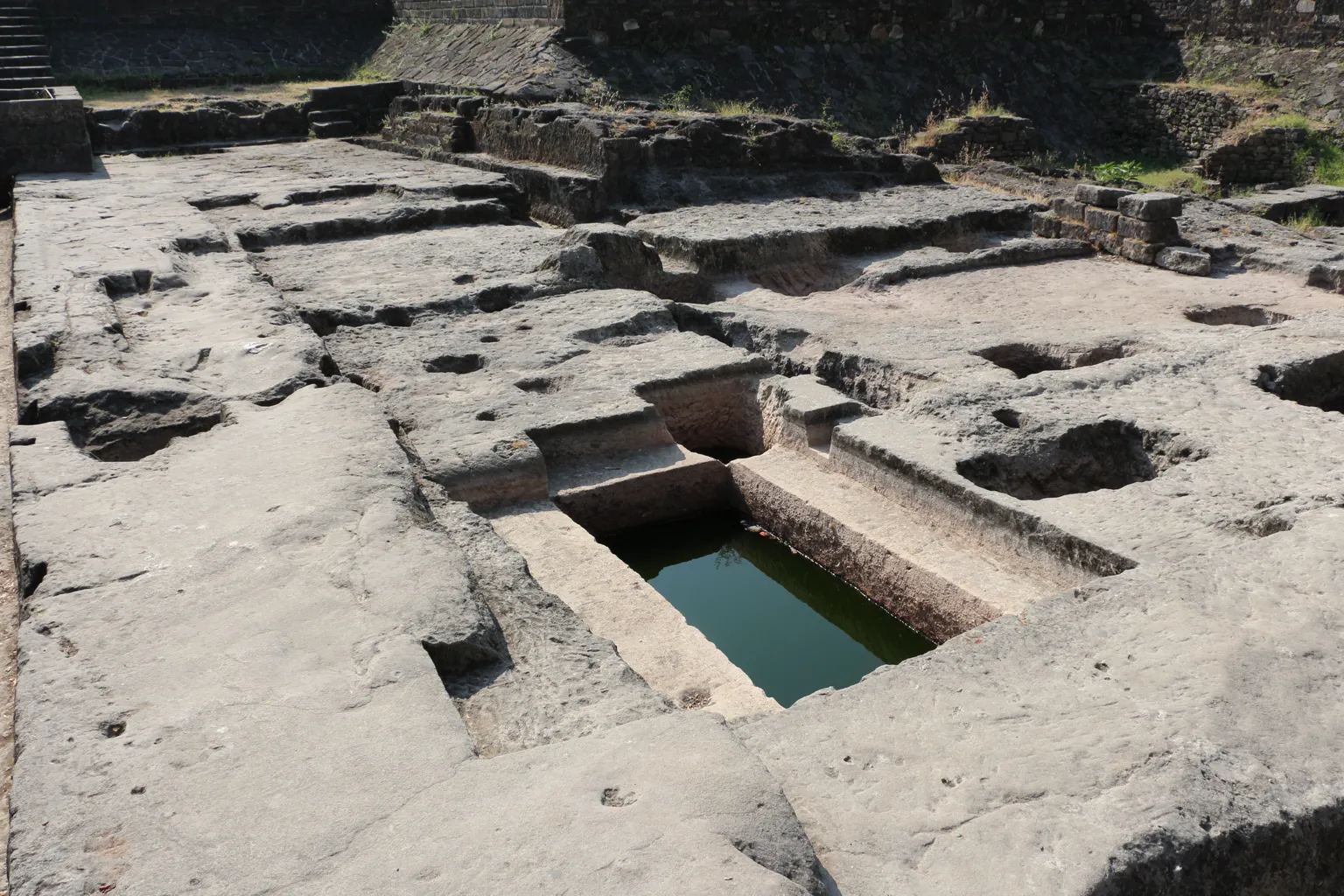
The Monastery’s Unique Design
The Uparkot Monastery complex presents a unique architectural layout that distinguishes it from other ancient sites. Unlike typical rock-carved structures, the Uparkot Caves were carved vertically into the rock on two levels, creating a distinctive appearance that captivates visitors.
Basement Design
The basement of the complex evokes the grandeur of Greco-Roman temples, with its fluted columns and capitals. This design choice reflects the fusion of architectural styles and the influences that shaped the region’s cultural landscape.
Above the stone benches, Chandrasala motifs can be observed, adding artistic beauty to the structure. These benches may have served as sleeping places, offering a glimpse into the daily life of the monastery’s inhabitants.
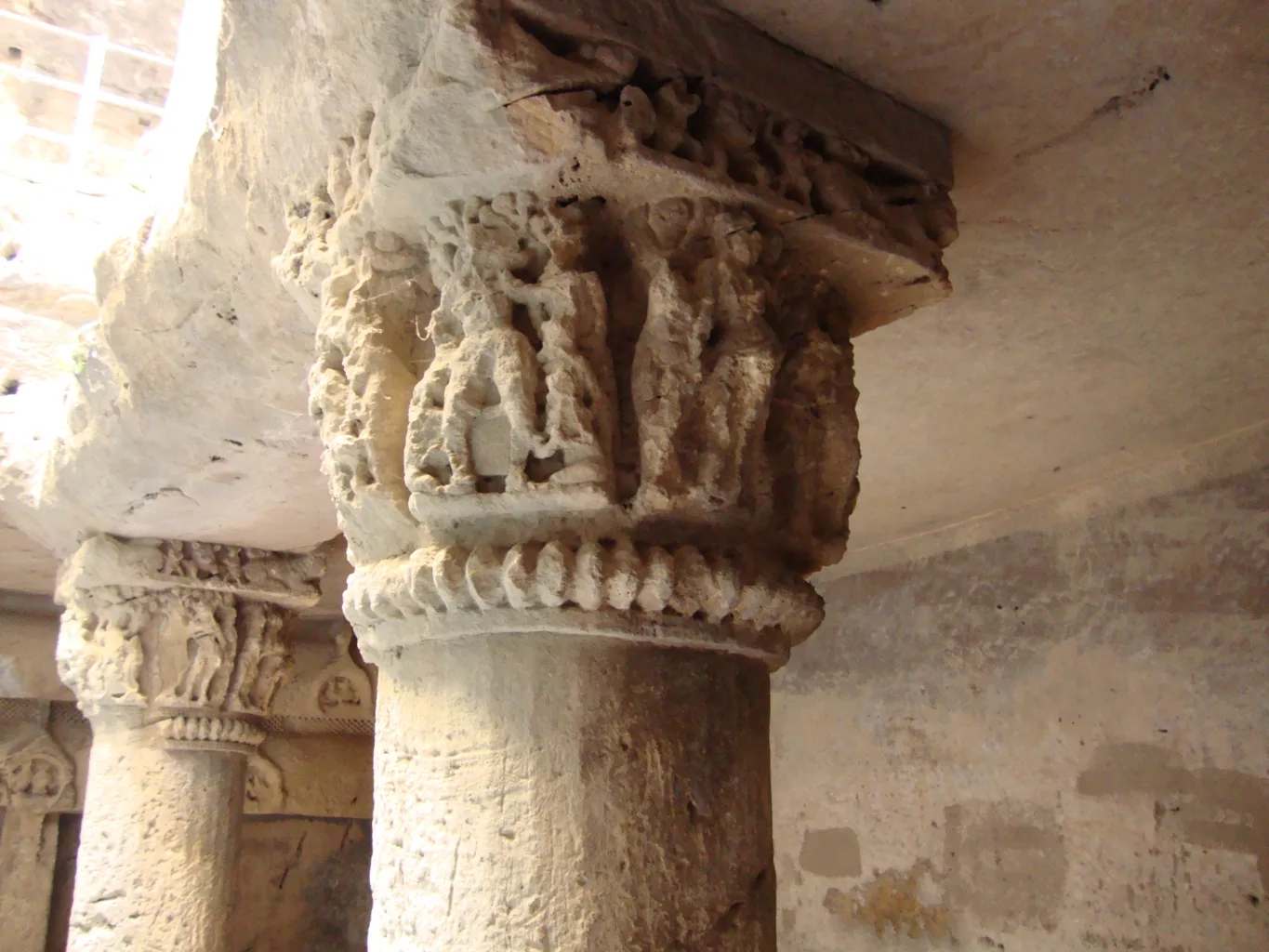
Historical and Cultural Significance
The Uparkot Caves are not just architectural marvels; they hold significant historical and cultural importance. As part of the Junagadh Buddhist Cave Groups, they offer insights into the region’s spiritual and cultural evolution.
Spiritual Hub
The caves served as a center for meditation and spiritual practice, providing a tranquil environment for monks and practitioners. The presence of meditation cells and assembly halls highlights the site’s role in nurturing spiritual growth.
Cultural Exchange
The architectural blend of Satavahana and Graeco-Scythian styles reflects the cultural exchanges that occurred in ancient India. This fusion of styles demonstrates the region’s openness to external influences and its ability to integrate them into its unique cultural identity.
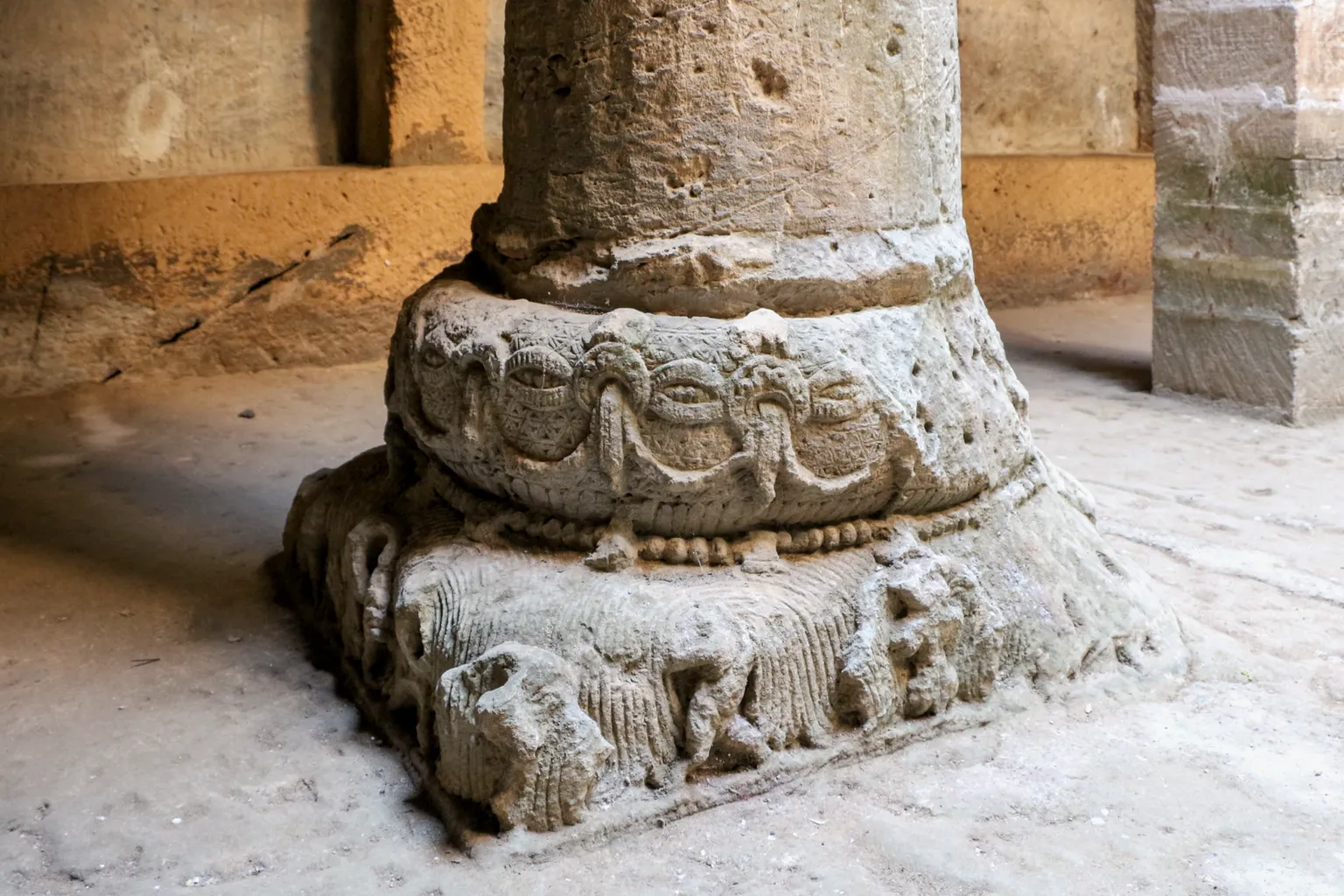
Exploring the Uparkot Caves
Visiting the Uparkot Caves offers a captivating journey through time, where history, architecture, and spirituality converge. As you explore the intricately carved pillars, serene meditation cells, and artistic motifs, you’ll gain a deeper appreciation for the ingenuity and craftsmanship of ancient Indian builders.
Plan Your Visit
The caves are easily accessible from Junagadh’s city center, making them a must-visit destination for history enthusiasts and travelers seeking a glimpse into India’s rich past.
Nearby attractions such as the Adi Kadi Vav and Ashoka Edict further enhance the experience, offering a comprehensive understanding of the region’s historical significance.
Conclusion
The Uparkot Caves stand as a testament to the artistic brilliance and spiritual depth of ancient Indian civilization. With their unique architectural features and historical importance, these caves continue to inspire awe and admiration in all who visit. Whether you’re a history buff or a curious traveler, the Uparkot Caves promise a memorable and enlightening journey into the heart of India’s cultural heritage.
Sources:

